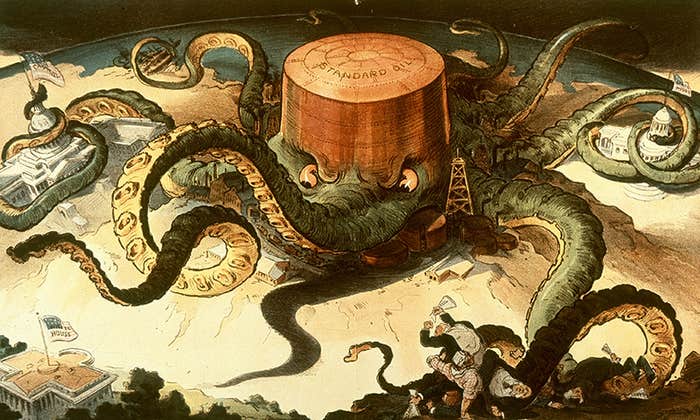What do the Volkswagen diesel scandal and the European migrant crisis have in common? They’ve both been referred to as the “tip of the iceberg.” The popular expression reflects the fact that, as impressive as the visible portion of an iceberg is, the vast majority of it (usually about 90%) is underwater.
Over the past 20 years, one photograph has become associated with the cliché more than any other. If you Google image search “iceberg,” or even “tip of,” it’s the first one that comes up. Ralph Clevenger, below, is the man who took it.

The expression, and the photo, have become a mainstay of inspirational posters, expressing concepts like success, imagination, and the human condition. The iceberg’s hidden bulk takes on an air of mystery and as-yet unrealized potential, making it a powerful metaphor—and a money-maker.
Which is fine by Clevenger. A professional photographer for more than three decades, he’s shot for National Geographic, Outside, Audubon, and other magazines, yet he says this image is still what he’s most known for. When it came out, it was actually pretty original. From his home in Santa Barbara, California, Clevenger had a chat with Nautilus about the origins and remarkable longevity of his most famous picture—as well as how it was photoshopped.
How did you capture such a majestic-looking iceberg?
The image is composed of four separate pictures. The shot of the clouds was taken here in Santa Barbara. So was the underwater water. I took the picture of the top part of the iceberg in Antarctica when I was there on assignment. I took the picture of the bottom part of the iceberg in Alaska, above water. I just cut out a section of an iceberg and then flipped it and put it underwater. It was really that blue, though. We didn’t color it or anything. The digital guys put it together. Craig Aurness, who ran the stock photo agency I worked for, told me to research what a real iceberg would look like, the physics of how it would float in the water, so we could get it accurate. This is pretty early in the days of Photoshop. We created what at that time was an enormous file, eight megapixels.
How did this iceberg photograph get so widespread?
By the time we finished creating the iceberg, Craig already had a marketing plan for it. He advertised in graphic design manuals and sent out direct mailers. The sales started right away. Chrysler was one of the first, a big double-page ad in a dozen magazines. It’s been used by thousands of clients for different things. It has so many different meanings. ‘Tip of the iceberg’ is only one. ‘What you see isn’t what you get,’ is another. You can also use it to talk about anything with ice. It’s sold refrigerators, de-icing machines. One of the latest uses was for a Coors Light commercial on TV. We’re still making sales. It’s approaching $1 million. I get about 40 percent of that. It put my kids through college.
Is there a method to creating great stock photos, like the iceberg?
One of the things that Craig Aurness understood was that the whole idea with stock images is to create images that many different clients will be able to use in many different ways. That’s how you make money. We think of it less as a cliché and more as a concept. He was really big on concepts. He’d say, ‘I want you to work on owls, because they’re wise.’ Eagles are proud, lions are kingly, elephants never forget. It was brilliant.
How do you feel about all the copies of your iceberg floating around?
An iceberg is an iceberg. You can’t copyright an iceberg. But what I can copyright is the look of my iceberg. What surprised me is that other photographers and artists didn’t create their own version of an iceberg. They could do that. But so many people, instead of being creative enough to come up with their own idea, just copied mine. Finally, in the last several years, people have started coming up with icebergs of their own.
What accounts for the iceberg photograph’s endurance?
There was a story going around on the Internet that this picture was taken by a worker on an oilrig in the North Sea. He supposedly saw an iceberg and jumped in the water and took the photograph. It got shared and sent around, got on these “10-most-amazing-photo-story” things. It’s totally fake, of course. In reality you couldn’t take a photograph like that. You can’t see that far underwater. The interesting thing about it I think is how much the image resonated with people, and how many of them are so disappointed when they hear it’s not real. They want to believe that it is.
Zach St. George is an editorial intern at Nautilus.


























